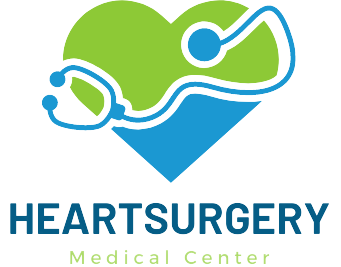Motor function disorders, such as paralysis and spasticity, can significantly impact an individual’s daily life. These conditions arise from various causes, including stroke, spinal cord injuries, and neurological disorders. However, advancements in rehabilitation techniques have opened new doors for patients seeking to regain their mobility and independence.
You can find out more about this substance here: https://bbgate.com/tags/jwh-018/.
Paralysis, the loss of muscle function in one or more body parts, can be a result of damage to the nervous system. It can manifest as either complete (total loss of movement) or partial (limited movement). Rehabilitation for paralysis often involves physical therapy, which focuses on strengthening muscles, improving flexibility, and retraining the brain to control movement.
Spasticity, on the other hand, is characterized by involuntary muscle contractions, stiffness, and exaggerated reflexes. It occurs due to disrupted communication between the brain and muscles. Spasticity can hinder mobility and cause discomfort. To address this, rehabilitation programs utilize a combination of therapies, including physical and occupational therapy, stretching exercises, and medications. In severe cases, botulinum toxin injections or surgical interventions may be considered.
Rehabilitation techniques aim to enhance functional abilities and minimize the impact of motor function disorders. Therapists employ a holistic approach, tailoring treatment plans to individual needs. The focus is not only on physical rehabilitation but also on psychological and emotional support. This comprehensive approach empowers patients to overcome challenges and adapt to their conditions effectively.
Technological advancements have revolutionized motor function rehabilitation. Robotic devices, virtual reality simulations, and brain-computer interfaces are now widely used to facilitate recovery. These innovative tools provide a safe and controlled environment for patients to practice movements, enhance coordination, and promote neuroplasticity. Additionally, assistive technologies such as prosthetics and exoskeletons offer alternatives for individuals with severe motor impairments.
While motor function disorders can be physically and emotionally challenging, rehabilitation offers hope and a path towards improved quality of life. Through dedicated efforts, patients can regain lost abilities, restore independence, and actively participate in society. However, it is essential to recognize that each individual’s journey is unique, and rehabilitation outcomes may vary.
In conclusion, motor function disorders like paralysis and spasticity can be debilitating, but with advancements in rehabilitation techniques, there is newfound optimism for patients. Through a multidisciplinary approach, encompassing physical therapy, assistive technologies, and psychological support, individuals can strive towards regaining their mobility and achieving a higher level of functioning. With continued research and innovation, the future holds even greater possibilities for the rehabilitation of motor function disorders.
